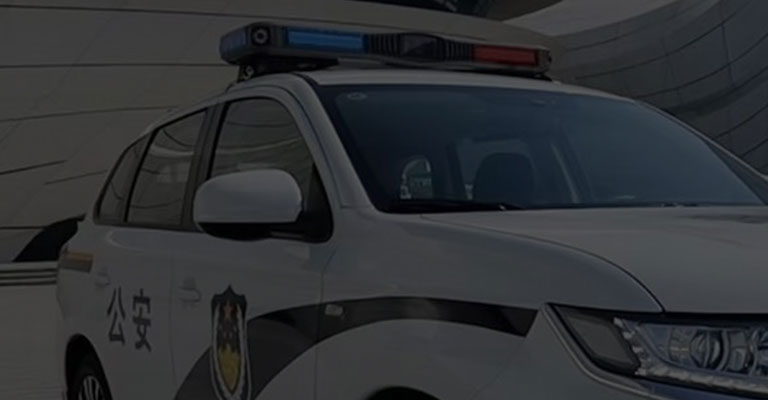Is A Bullet Resistant Vest The Same As A Bullet Proof Vest?
It seems that you hear both of these terms used todescribe an armored vest that is designed to stop bullets. Is the term bullet resistant vest more correct in its nature as bullet proof vest considering that no protective vest is completely bullet proof?
The word resistant as described in the dictionary is to be" unaffected by" or "impervious to". In reference to that description, a vest that is bullet resistant is not totally resistant to all bullets either.
In the dictionary, the term bullet proof, there is no description for the word, but over the years has been a phrase that business and people use to describe something that is tough, hard to break, will hold up under stress and pressure, something that is very solid in it's nature. When a bullet is fired at a protective vest and the bullet is stopped by the ballistic fibers, it is easy to see why these vests are called bullet proof vest.
There are ten different levels of ballistic protection as defined by the (N.I.J) National Institute of Justus. The levels are defined by the caliber size, grain and feet per second of the bullet that a bullet resistant vest can protect against. The lower level vest such as Level I and II-A have the ability to stop a wide range of small caliber rounds but will still allow blunt force trauma from the impact force of the bullet. These vests are generally worn for low threat situations and are more flexible and mobile.
When the threat levels increase for such people as law enforcement, security personnel, secret service, body guards, and military, the ballistic protection must increase from level II up to III-A, III and IV, where hard armor plates are inserted into specifically designed pockets in the bullet resistant vest. Soft body armor is the term for most bullet resistant vest because the do not have hard armor plates inserted in them. Soft body armor will have protection levels up to III-A which can withstand .357 Magnum SIG FMJ FN, .44 Magnum SJHP rounds, 12 gauge 00/buck and slugs.
The highest bullet resistant protection of III and IV are achieved by adding a composite hard armor plate to a level III-A bullet resistant vest increasing the protection to 7.62mm FMJ, .30 Carbines, .223 Remington, 5.56 mm FMJ and grenade shrapnel. Ceramic level IV plates will increase the ballistic protection to .30 caliber armor piercing rounds per (N.I.J.). This level is a standard for military, swat and others when faced with high level threat situations.
The terms, bullet resistant vest and bullet proof vest are two terms that really mean the same thing but depending how they are used in context can make one or the other sound incorrect. However, when purchasing a bullet proof/resistant vestFree Web Content, each person must evaluate the threats they may encounter day to day and acquire the proper protection for them. This is a very important decision and should be taken very seriously. Routine stops for police officer's are not routine anymore. Over 3000 officer's lives have been saved by wearing their protective body armor per (N.I.J.) National Institute of Justus.
Article Tags: Bullet Resistant Vest, Bullet Proof Vest, Bullet Resistant, Resistant Vest, Bullet Proof, Proof Vest, Ballistic Protection, Hard Armor, Body Armor
Source: Free Articles from ArticlesFactory.com



